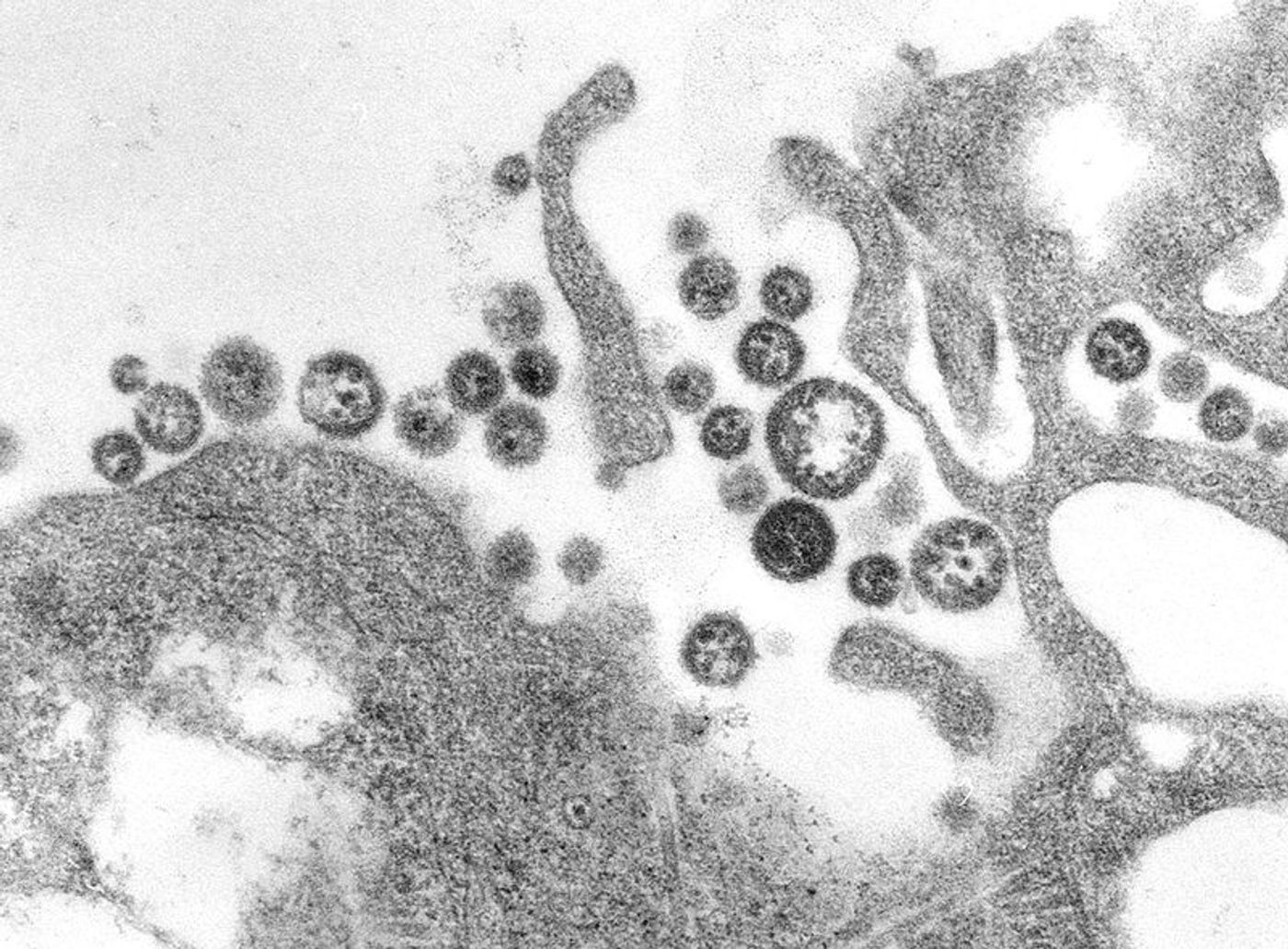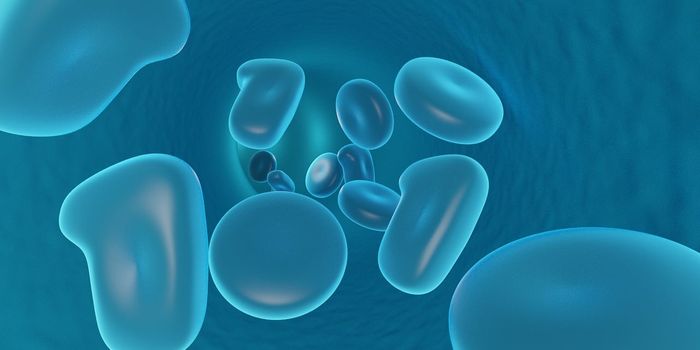Preventing Lethal Shock During Hemorrhagic Fevers
The body can go into “shock” for several different reasons, but it’s never a good sign. Whatever the source of shock, the condition is lethal if left untreated (and sometimes leads to death even with treatment). From the University of Basel, researchers are looking at a common cause of shock, hemorrhagic fevers from viral infections, to find new, more effective treatments.
Hemorrhagic fever describes what happens to the body when multiple body organs are damaged as the body’s vascular system is breaking down. When hemorrhagic fevers lead to shock, the body’s blood pressure is so low that there is not enough oxygen in the body to prevent organ failure. Someone in shock might feel cold, anxious, and confused, or look pale with dilated pupils. Treatment options often depend on what the source of shock is (it can be from an allergic reaction, infections in the blood, a heart deficiency, or even an emotional disturbance). Oxygen, IV fluids, blood transfusion, or blood vessel-constricting drugs to direct blood flow to the heart and brain are a few options.
Lassa virus is transmitted to humans by rodents, causing a hemorrhagic fever reminiscent of the Ebola virus. This type of infection is particularly common in West Africa, and at the very last stage of the disease, people go into shock, usually leading to death. In a new study published in the journal Cell Host & Microbe, researchers use Lassa virus as a way to study what happens in the body to trigger hemorrhagic fever, with the hope of using that information to someday develop new therapies.
Interestingly, researchers identified T cells at the root of circulatory failure. T cells are a key part of the adaptive immune system, the branch that designs a specific attack against pathogenic invaders, so implicating T cells in contributing to shock was surprising.
They found that T cells “convince” so-called “scavenger” cells to mass-produce nitric oxide (NO) by releasing a substance called interferon gamma. However, NO is an antibacterial chemical; it has no power over viral infections. Instead, NO triggers blood vessel dilation, the first step toward what will eventually be circulatory failure. However, researchers already see the benefits of blocking the production of interferon gamma to prevent circulatory failure.
With a key trigger of shock identified, researchers are already moving forward on applying this knowledge in the clinic to prevent shock-related death.
Sources: LiveScience, CDC, University of Basel









